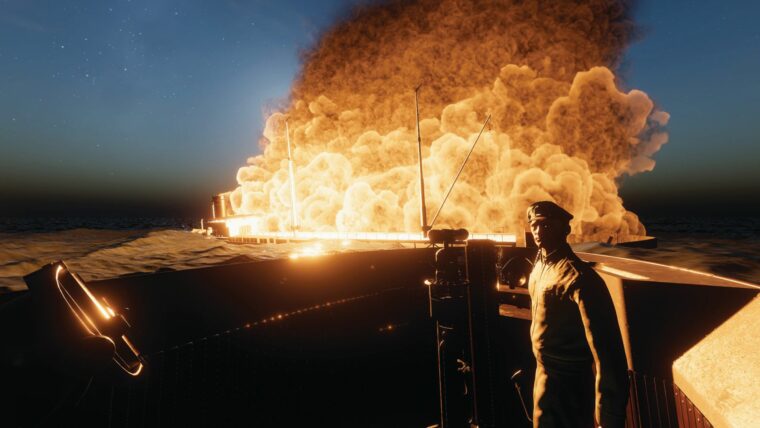
Wolfpack
By Joseph LusterSome World War II games give you control over an entire battlefield, or offer you an abundance of vehicular options that you can easily swap between at any given moment. Read more

Some World War II games give you control over an entire battlefield, or offer you an abundance of vehicular options that you can easily swap between at any given moment. Read more
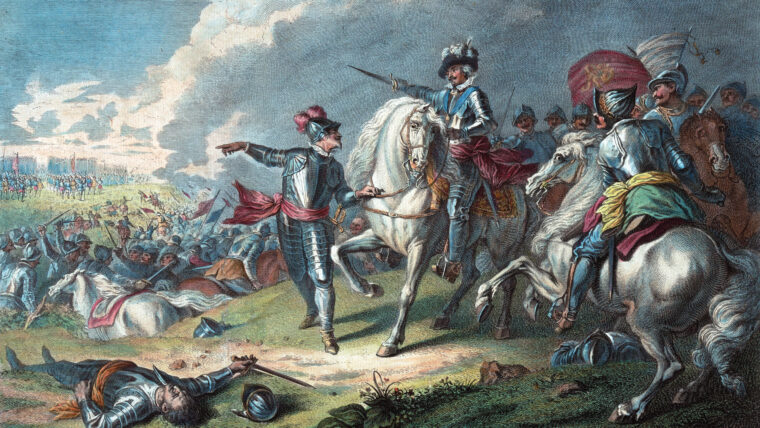
Late on the evening of June 13, 1645, King Charles I convened a hurried council with senior officers of the Royalist army at the village of Market Harborough in England’s East Midlands. Read more
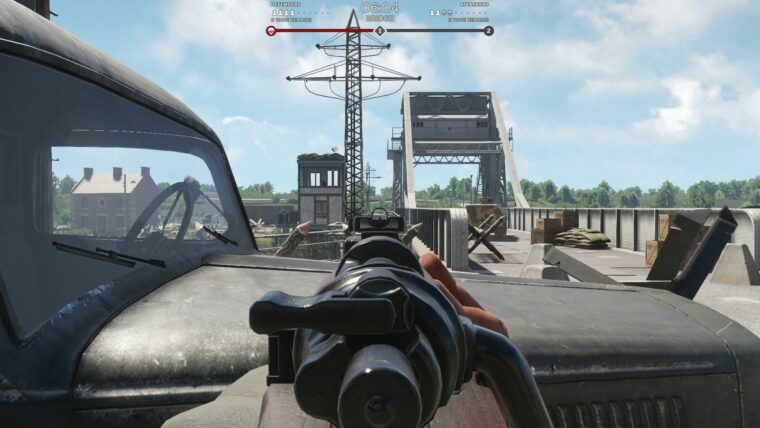
If you’re looking for a historically-accurate World War II shooter, the team at Pathfinder Games has your back with Vanguard: Normandy 1944. Read more
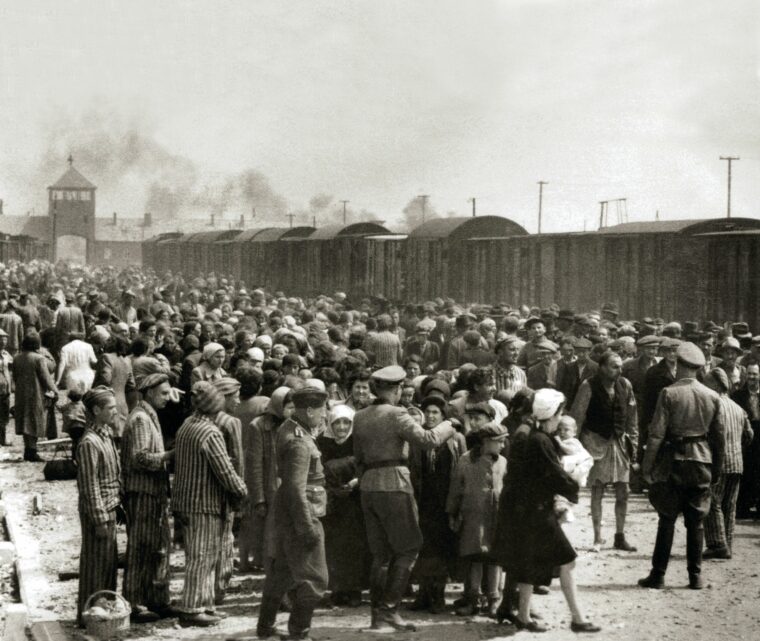
Henry Zguda, a Polish Catholic, spent three and a half years interned at Auschwitz and Buchenwald as a political prisoner. Read more
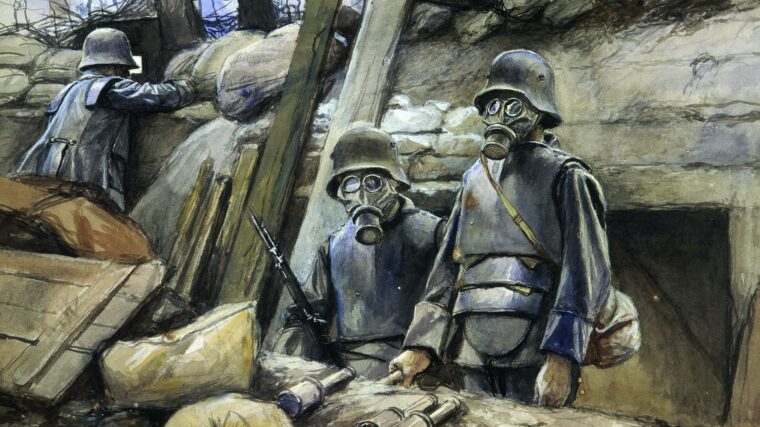
In the months before the outbreak of World War I, 25-year-old Adolf Hitler was living the starving artist’s life in the Bavarian city of Munich, selling his paintings door-to-door and in the city’s numerous beer halls. Read more
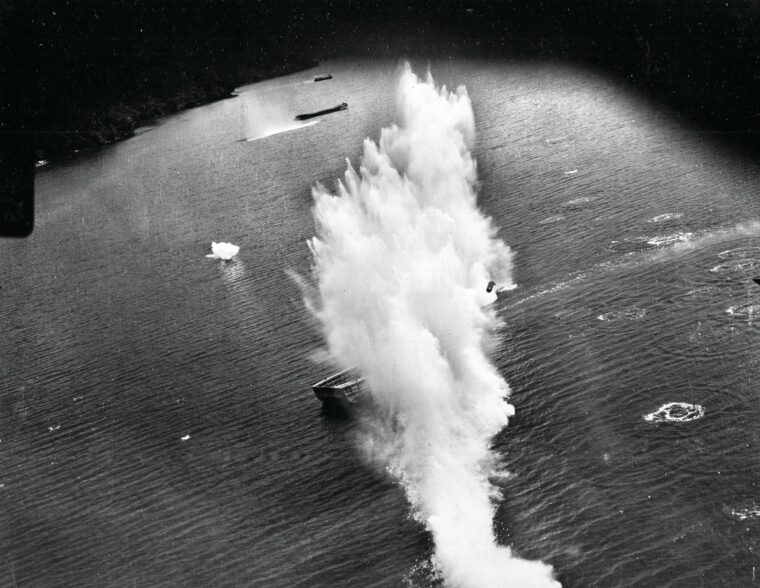
Wewak Convoy 21 was being annihilated, and the Japanese Army could do nothing to stop it.
The first vessel to die was Yakumo Maru. Read more
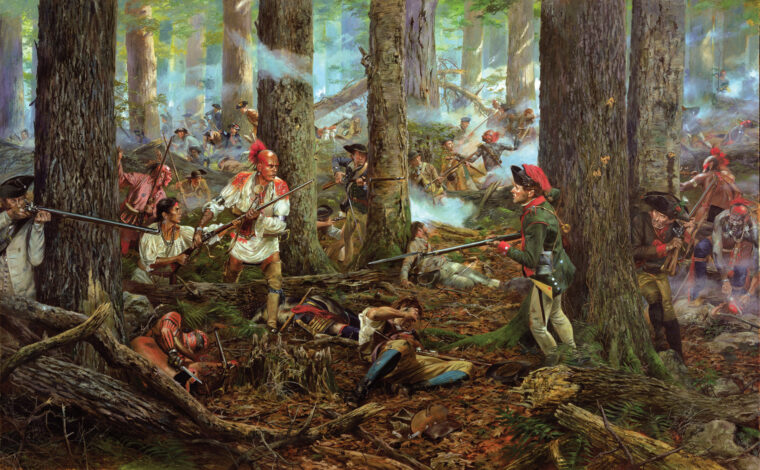
The young Oneida warrior paused, tensing as he spotted some activity in the forest just in front of him. Read more
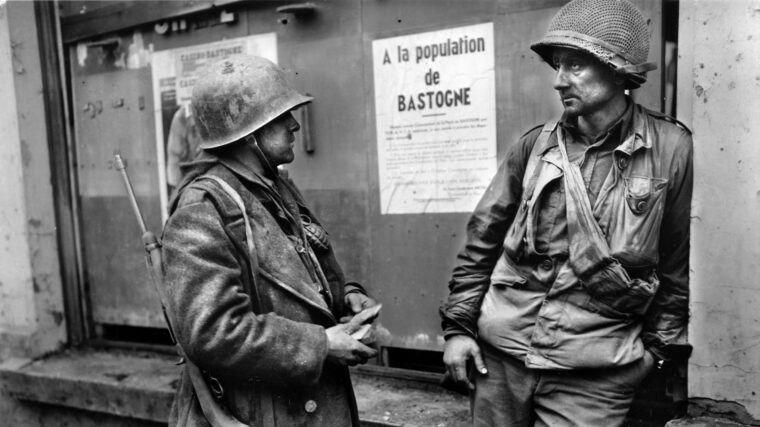
On September 16, 1944, Adolf Hitler revealed his master plan for reversing Germany’s declining fortunes in the West during World War II. Read more
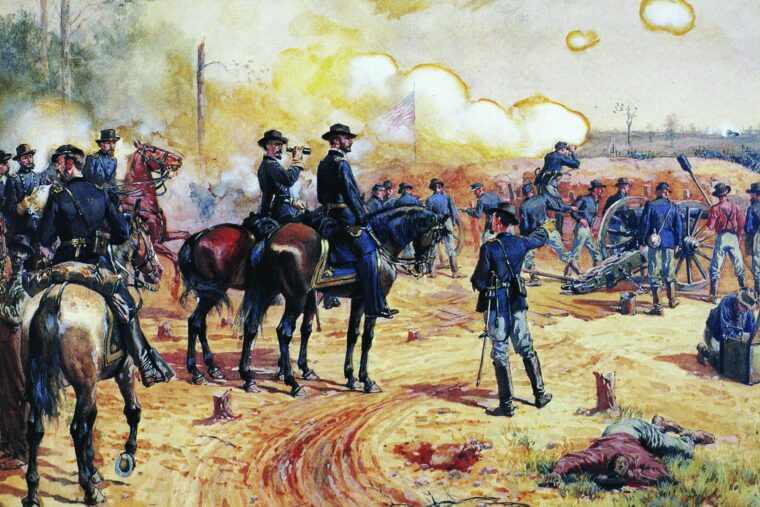
During the early afternoon of July 9, 1864, the 103rd Ohio Volunteer Infantry Regiment of Maj. Gen. John M. Read more
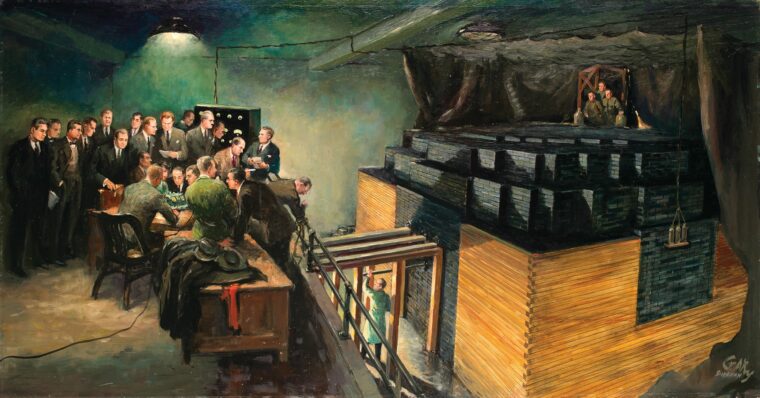
Enrico Fermi’s face was a study in concentration as his fingers deftly moved across the well-worn surface of his slide rule. Read more
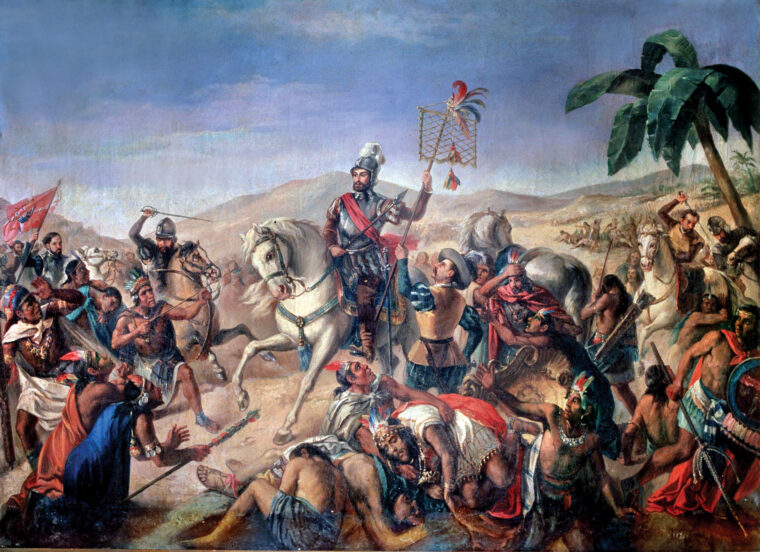
As the year 1520 drew to a close, the half-starved inhabitants of Tenochtitlan, the magnificent capital city of the most powerful city-state in the Aztec Empire, found that they were threatened by a massive host of enemies, both foreign and indigenous, which was led by Spanish Captain-General Hernán Cortés and his small band of conquistadors. Read more
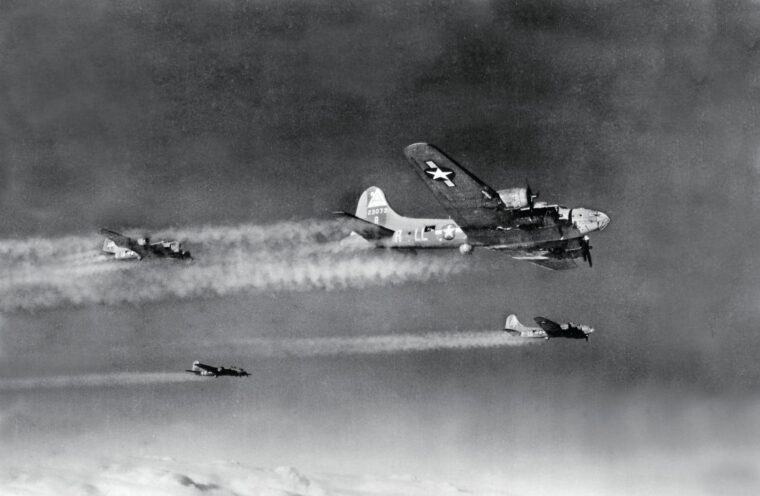
On August 4, 1944, a Boeing B-17G Flying Fortress heavy bomber, tail number 43-37909, so new that it did not have a nickname or nose art yet, took off from England on a bombing run over Germany that would end in a crash landing on Borkum Island in the North Sea. Read more
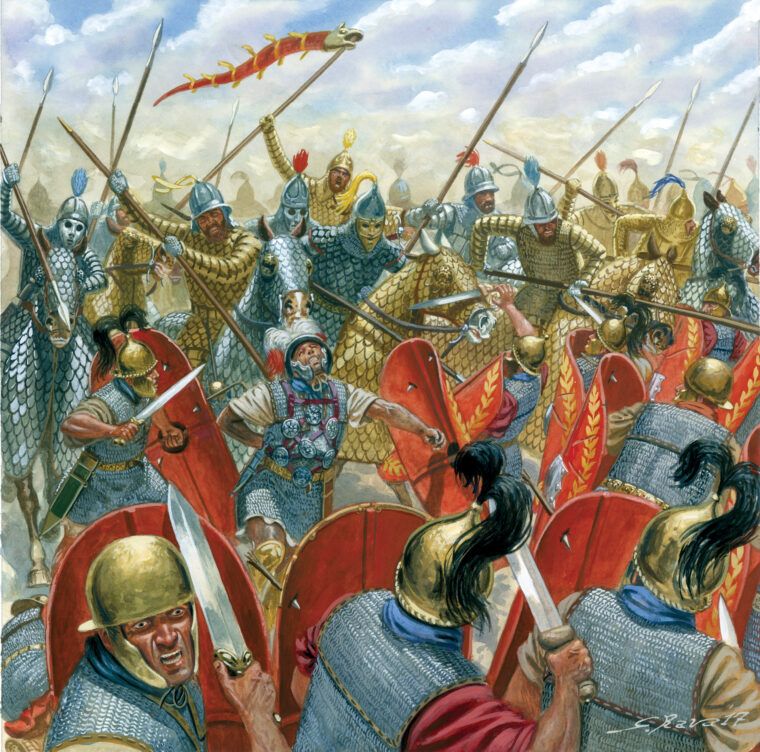
Gigantic clouds of dust rose from the sun-baked plain. The ground shook under the hoofs of thousands of cavalry. Read more
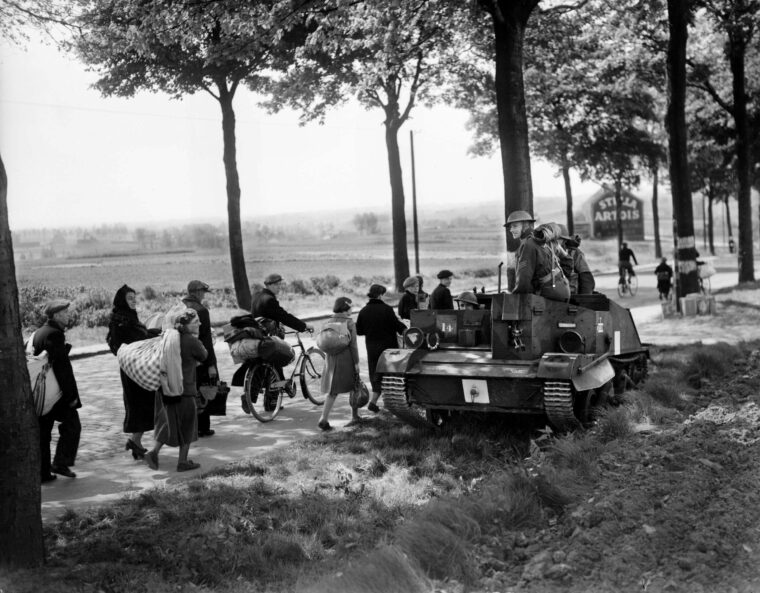
On May 22, 1940, within a fortnight of being appointed Britain’s prime minister, Winston S. Churchill was confronted with the British Expeditionary Force (BEF), under Lord Gort, retreating from Belgium. Read more
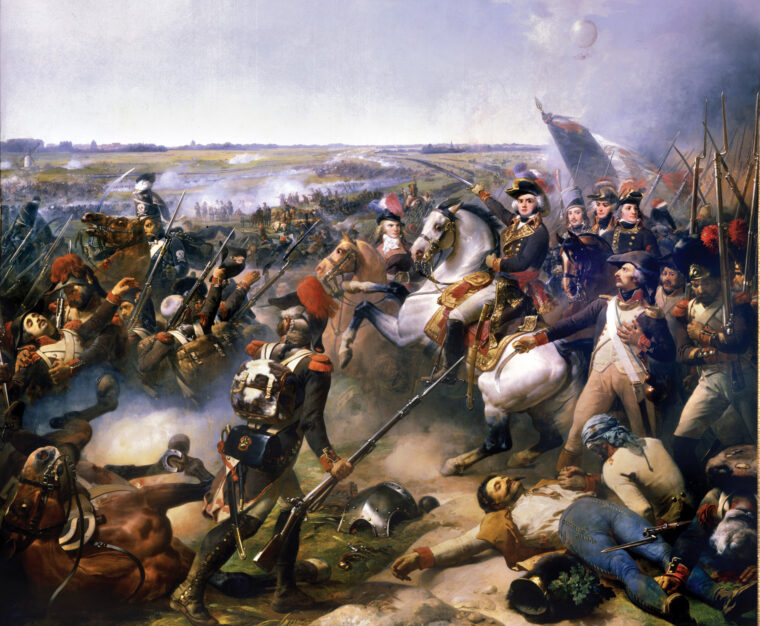
The French Revolution of 1789, which began as a peaceful process of social and financial reform, rapidly descended into internal strife and violence. Read more
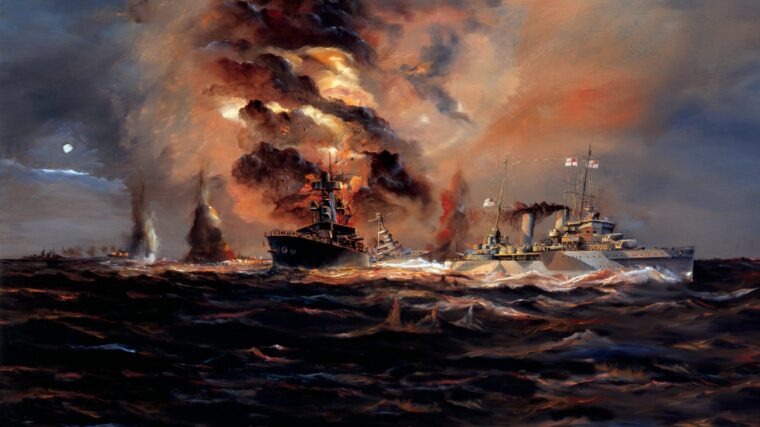
It was nearly over. Since Singapore had fallen to the Japanese on February 14, 1942, the Allied forces defending the Dutch East Indies had battled against a Japanese pincer-like movement, which consisted of aircraft carriers, cruisers, destroyers, aircraft, and well-trained “Special Naval Landing Forces”—Japan’s version of American and British Marines. Read more
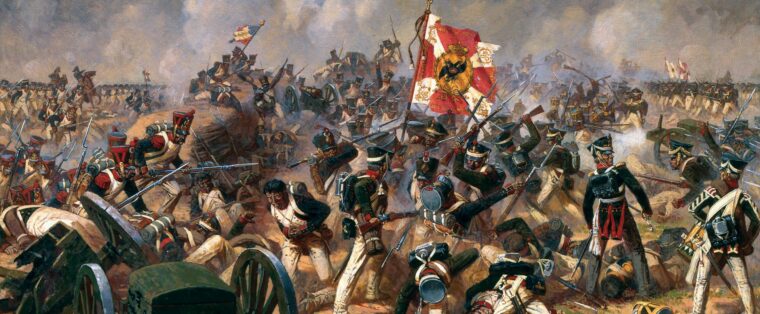
Russian General Peter Ivanovich Bagration was one of those rare commanders who received near-universal praise from his contemporaries outside of Russia. Read more
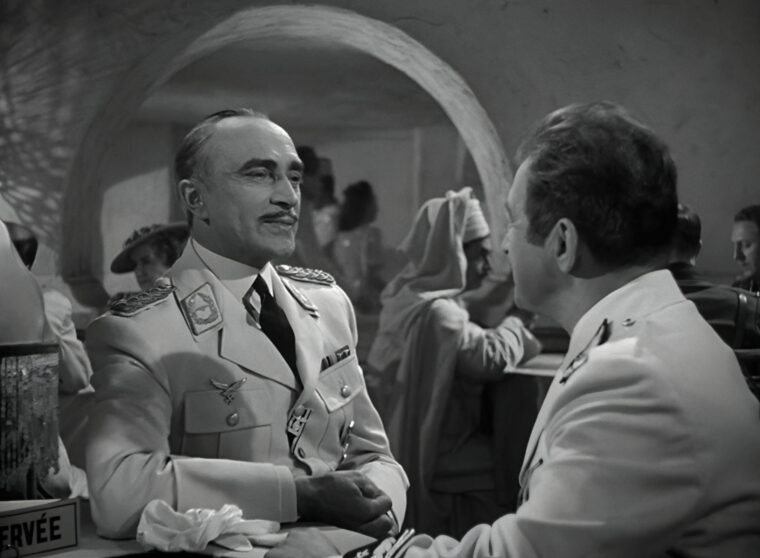
The 1942 film Casablanca remains one of the most popular Hollywood creations of all time, immortalizing the characters played by Humphrey Bogart (Rick Blaine) and Ingrid Bergman (Ilsa Lund). Read more
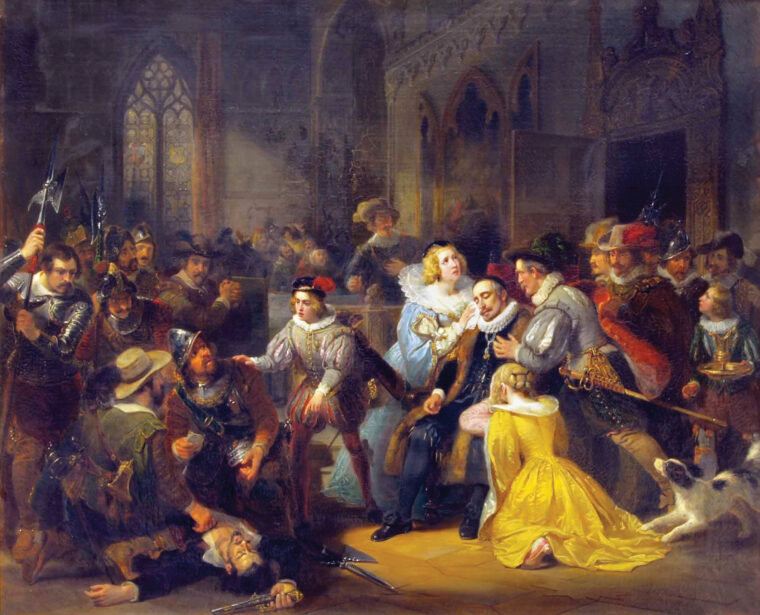
On Sunday, March 18, 1582, 37-year-old Dutch Stadholder Prince William of Orange attended a festive luncheon in his palace in Antwerp to celebrate the birthday of major ally French Duke Francis of Anjou, who had arrived in the Low Countries the previous month to support the Dutch in their rebellion against the Spanish crown. Read more
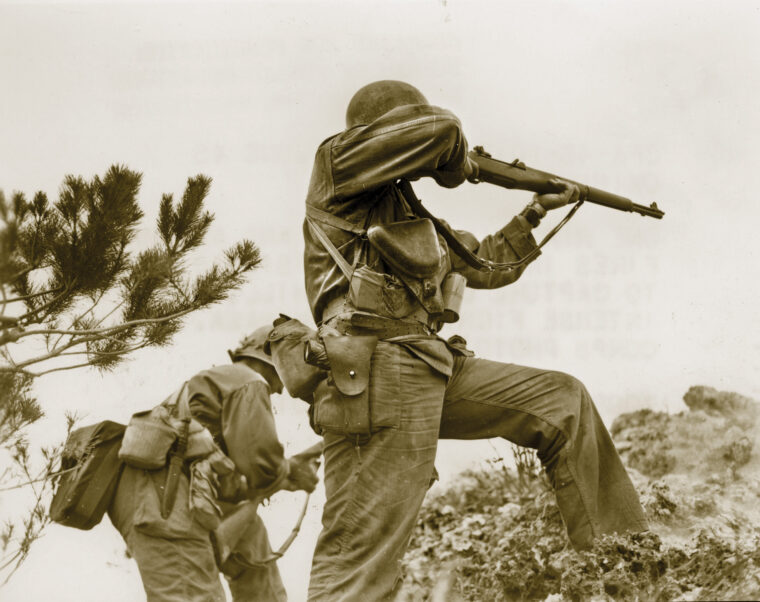
It was called the Maeda Escarpment, after the nearest native village. An escarpment, according to the dictionary, is “a steep slope in front of a fortification” or “a long cliff.” Read more